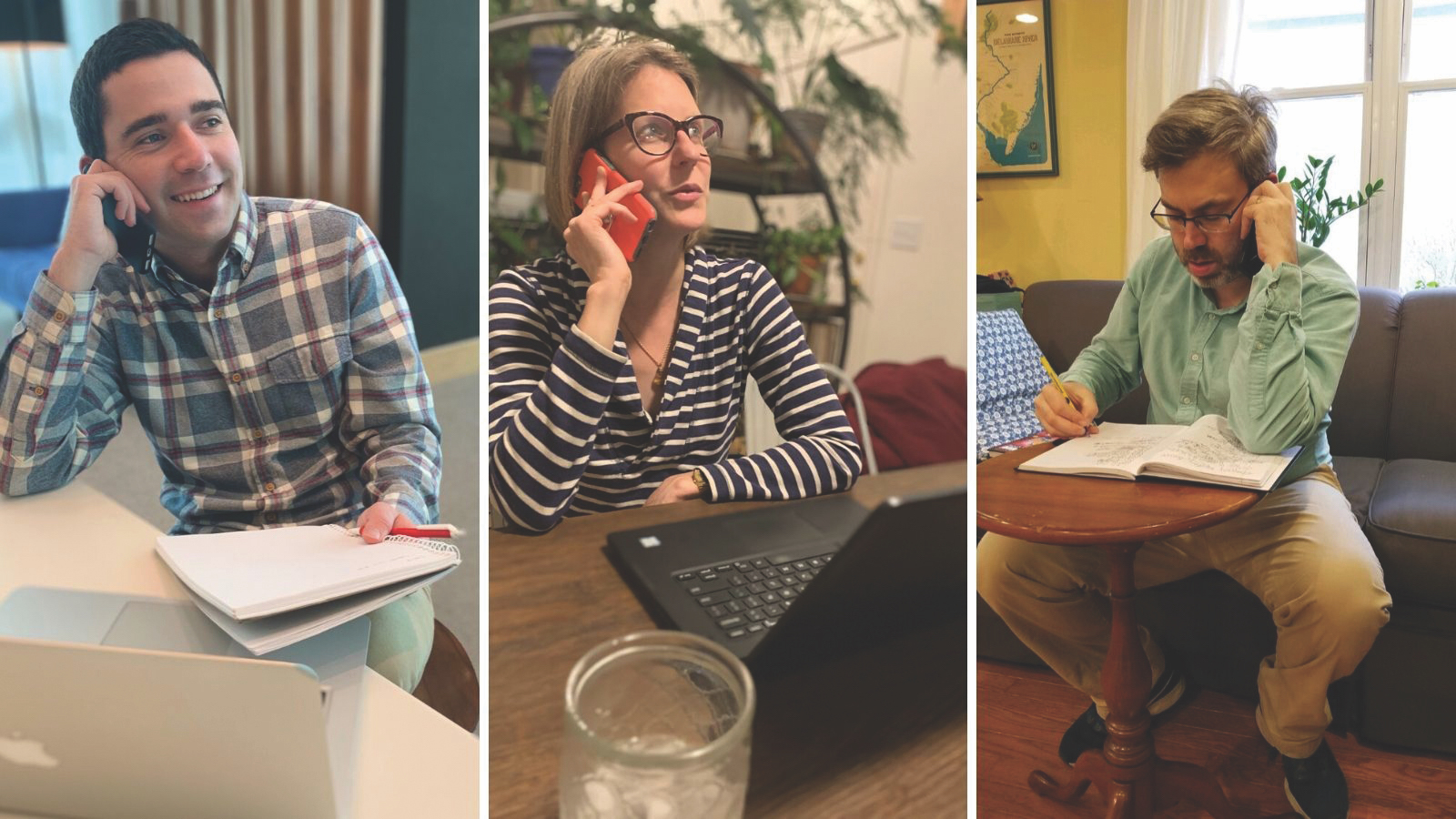
The Great American Outdoors Act
We helped save one of our nation’s best conservation and recreation programs, the Land and Water Conservation Fund.

From the Grand Canyon to local hiking trails, our public lands are a big part of what makes this country so great. These wild forests, mountains, lakes and prairies are home to important ecosystems and wildlife. They’re where we go to spend time outdoors with our families and friends to hike, bike, fish and see wildlife.
For most Americans, the idea that we’ve found some places so special, sacred even, that we made sure they would be protected forever, is one of our proudest achievements. And with the Land and Water Conservation Fund (LWCF), we’ve been able to do just that.
LWCF is America’s premier conservation and recreation program. For more than 50 years, it has protected millions of acres of irreplaceable lands across the country, including national parks, wildlife refuges, forests, lakes, rivers, trails, state parks, community parks, Little League fields and more.

What is the Land and Water Conservation Fund?
LWCF uses royalties from environmentally damaging practices (think offshore oil and gas drilling), and puts the money to pro-environment use — funding federal, state and local efforts to protect our environment. These projects include everything from purchasing land for conservation to maintaining local hiking trails and campgrounds, and LWCF has funded at least one project in almost every county of every state across the country.
Despite LWCF’s many successes, we still lose about two football fields worth of nature per minute in this country. We knew that we could do more to protect nature if LWCF wasn’t chronically underfunded. Throughout most of its history, less than half of the money allocated into the fund was appropriated by Congress, leading to a $22 billion shortfall.
It has also long been the responsibility of Congress to periodically reauthorize LWCF’s existence. But, when it failed to do so in September 2018, LWCF was set to expire. Our Conservation team immediately went to work.
Our advocates met with outgoing and then new members of Congress, urging them to prioritize the program, and our national research partner set out to persuade then-Interior Secretary Ryan Zinke to save LWCF. A few months later, a bipartisan deal was struck to reauthorize the program. Our attention quickly shifted to making sure the program would also be fully funded.




For more than a year, our advocates campaigned for legislation to guarantee full and permanent LWCF funding, gathering photo petitions from supporters across the country and partnering with members of Congress and local officials in key states.
In early 2020, that work paid off with the introduction of the Great American Outdoors Act.

The Great American Outdoors Act
The movement in Congress to fully fund LWCF had begun to coalesce behind a bill called the Great American Outdoors Act, which would not only give LWCF full and permanent funding, but would also fund a backlog of long-overdue maintenance projects on our public lands.
In the spring of 2020, we planned a major day of action in Washington, D.C., to push the Great American Outdoors Act over the finish line. When the COVID-19 crisis made that impossible, we switched our meetings to phone; our advocates held 55 remote meetings and calls with key congressional staff to rally support for the bill.
And in the summer of 2020, Congress passed the legislation with bipartisan support, and the Great American Outdoors Act was signed into law by the president.

Topics
Find Out More


Environment Georgia’s 2024 Program Priorities

Reconnecting Nature






